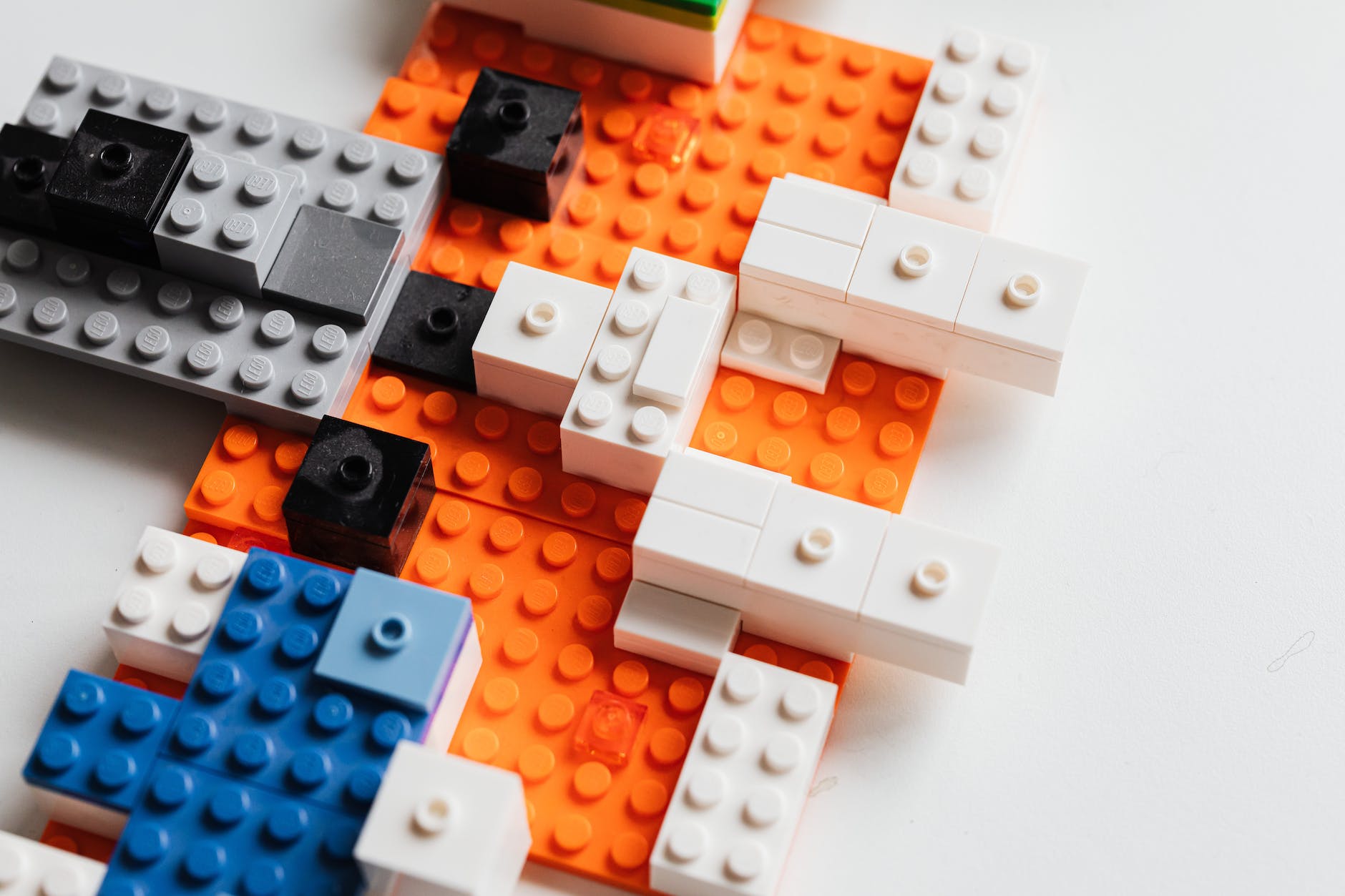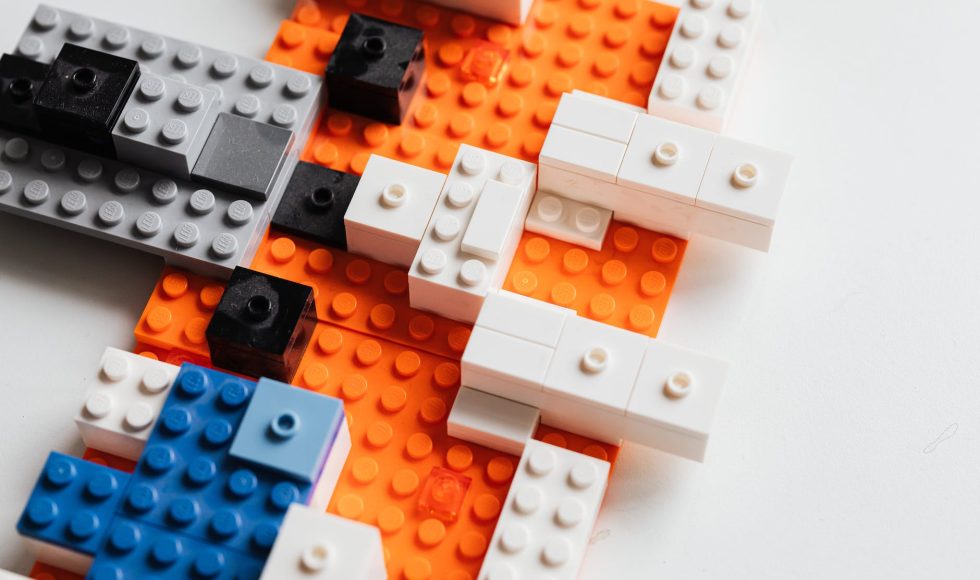I started watching poster presentations from ASMCUE 2022. The first one with a video recording was entitled “Piecing Complement Together with LEGO bricks: Impacts on Interest, Confidence, and Learning in the Immunology Classroom,” presented by Joshua Baty, Suzanne Bohlson, Mallary Greenlee-Wacker, and Heather Bruns. Their research question was: does use of a 3D model help with student enjoyment and learning of complement. Students modeled complement with Legos. They built models for the classical, alternative, and mannose binding pathway. There were pre and post tests with multiple choice questions, classified by Bloom’s level. The activity was completely optional and implemented in two classes: MIC 275 and MIC 401. In MIC 275 students did not know about complement. The activity increased learning in naive students, and all students demonstrated learning gains in the post. With MIC 401 participants, the activity led to modest gains in long-term retention, according to Baty. The activity also led to increase confidence in the MIC 401 students. Regardless of level, participants found the activity enjoyable. I was impressed by the statistics and comparisons the group did for this study. They included percentages of respondents agreeing, neutral, and disagreeing with statement, p-values, and level of Bloom’s for each question. The idea for this study and the questions asked were easy to follow, and the methods used were simple. The careful analysis is really helpful to emphasize how research questions and studies can be simple and yield rich datasets.



